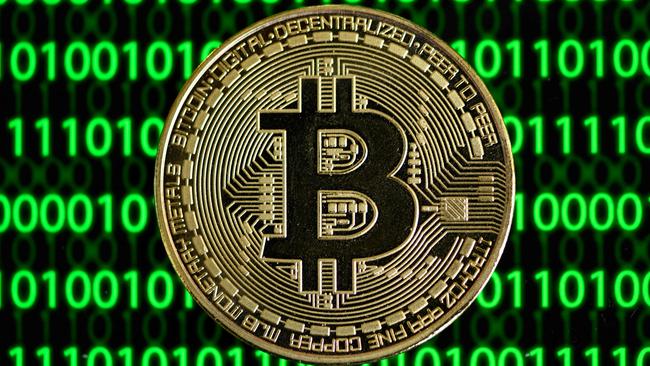
One way or another, troubled banks have been a boon for crypto prices. Why?
Regulators are once again pumping money into the banking system. Easy money fuels speculation in alternative assets and bitcoin fits the bill as the most widely traded “digi-asset” of all.
The irony will not be lost on mainstream investors that crypto will invariably run higher if central banks take to stimulating the economy in any fashion.
US and European government agencies have spent the past week aiding Credit Suisse, SBV and other banks facing trouble. In doing so they have rekindled conditions akin to QE (Quantitative Easing) – that favourite sauce of market speculators.
The last time the US Federal Reserve was pumping liquidity into the market was during the darkest days of the pandemic when bitcoin went for a ride from US$6000 to $US60,000.
As KordaMentha digital asset lead Paul Hewson points out, bitcoin was not an investment factor the last time we had serious trouble in the banking system back in the GFC of 2008. He suggests one factor now could be that “people are finally discovering bitcoin’s potential in the wake of the worst banking crisis in bitcoin’s existence”.
As Hewson says: “I’m still sceptical that we’ve reached the tipping point for mass adoption of bitcoin, but crypto markets do love a bit of QE …”
The bounce-back in bitcoin prices does not mean the crisis is good for crypto businesses per se. The two lesser-known US banks which followed SBV into trouble – Silvergate and Signature – have been important operators in the infrastructure of crypto trading.
Even crypto operators who got their money out of collapsed US banks in time have been left swinging in the wind as they search for new banks to facilitate their financial needs.
But those troubles matter little to traders and speculators in digital assets; they see one thing – a string of related factors that could move prices higher.
Inside the crypto industry there are no lack of explanations as to why digi coins are once more in fashion. For the true believers, the latest banking crisis is again a sign that central banks don’t work effectively and crypto coins are standing by ready to take over existing currencies.
Deeper still inside the crypto scene, traders talk about a “flight to quality” – keeping in mind that everything in this area is relative. This means that crypto investors are moving to bitcoin and away from its alt-coin cousins.
In reality, the reason for bitcoin’s bounce may be much less complex. The unfolding bank crisis may bring about a drop in interest rates and in turn trigger a major shift in market settings.
If rates fall, a range of assets should get a boost, including digital assets such as bitcoin which presents as a “store of value”.
If that store of value asset does not pay any income then any downturn in rates makes it more attractive. This is an argument in favour of both bitcoin’s and its much bigger rival, gold.
No surprise then to hear that gold is pushing higher but in a considerably more restrained fashion. Gold passed its all-time Australian dollar price record last week and the yellow metal is up around 11 per cent in Australian dollars or 9 per cent in $US year to date.
As Russel Chesler of Exchange Traded Fund provider VanEck says: “Holdings of bullion-backed exchange-traded funds posted their biggest weekly advance in more than a year last week in the midst of the unfolding bank crisis.
“In Australian dollars gold hit $2874 last week, beating its previous record of $2868 set in August 2020.”
Despite the recent surge, the price of gold is only modestly up from where it was 24 months ago.
At near $US27,680 bitcoin is down by about one third over the past 24 months. And it’s still way under the peak price of US$60,000 which it reached on November 2021.




Bitcoin is up more than 60 per cent in the year to date with a substantial slice of that surge kicking in since the beginning of the current bank crisis.